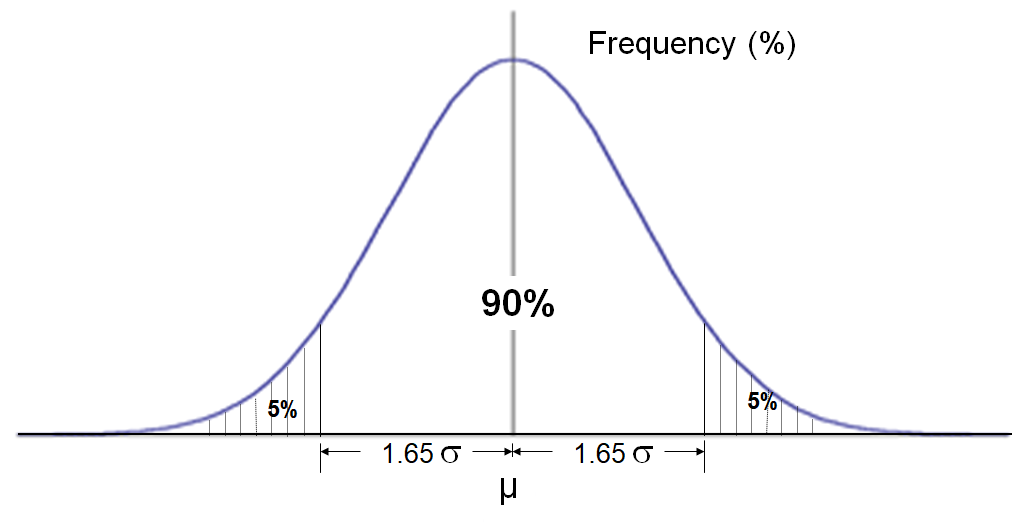
Exhibit 35.2 90% of the observations fall within a range of ±1.65 standard
deviation from the mean.
When considering research programs like retail
measurement, consumer panels, or TV audience measurement, where continuous variables such as
sales, purchases, or viewership are tracked in a population, the determination of sample
size is guided by the Central Limit Theorem (CLT).
As previously discussed, the sample size required to estimate a variable
depends on the population variance, sampling design, and the desired level of precision,
which is defined by two key statistics — confidence interval or margin of error
and confidence level.
If the confidence level is set at 90% and the margin of error is denoted as
e, then based on the normal distribution (refer to Exhibit 35.2):
$$e = 1.65 σ$$
In general:
$$e = Z σ$$
Where:
- e: margin of error
- Z: standardized value associated with the desired confidence level.
For different confidence levels:
- 90% confidence level corresponds to Z = 1.65
- 95% confidence level corresponds to Z = 1.96
- 99% confidence level corresponds to Z = 2.58
Furthermore, according to the CLT the variance of the sampling distribution
(σ2) is a function of the sample size (n), and the universe variance
(S2):
$$ σ^2 = \frac {S^2}{n} $$
Substituting for s 2 :
$$ e^2= \frac {Z^2 S^2}{n}$$
$$\mathbf {n=\frac{Z^2S^2}{e^2}=\left(\frac{ZS}{e}\right)^2, \;\; e = \frac {ZS}{\sqrt n}}$$
If we express the margin of error as a proportion of the parameter value,
denoted as e' = e/µ, and the relative sampling error as S' = RSE (relative sampling error) = S/µ,
the above formulas can be rewritten as follows:
$$\mathbf {n=\frac{Z^2S'^2}{e'^2}=\left(\frac{ZS'}{e'}\right)^2, \;\; e' = \frac {ZS'}{\sqrt n}}$$
Example 1: Consider a scenario where the standard
deviation of sales for a category in provision shops is 80, and the average sales per
store, μ, is approximately 200. We want to determine the required sample size to
ensure that the sales estimates fall within ±6% of the true value with a confidence level
of 90%. The calculation is as follows:
$$n_{prov}=\left(\frac{ZS}{e}\right)^2=\left(\frac{1.65×80}{0.06 × 200}\right)^2=121$$
Take note that in order to half a sampling error we would need to quadruple
the sampling size. For instance, if the sampling error was reduced to 3% (0.03), the required
sample size will be 484.